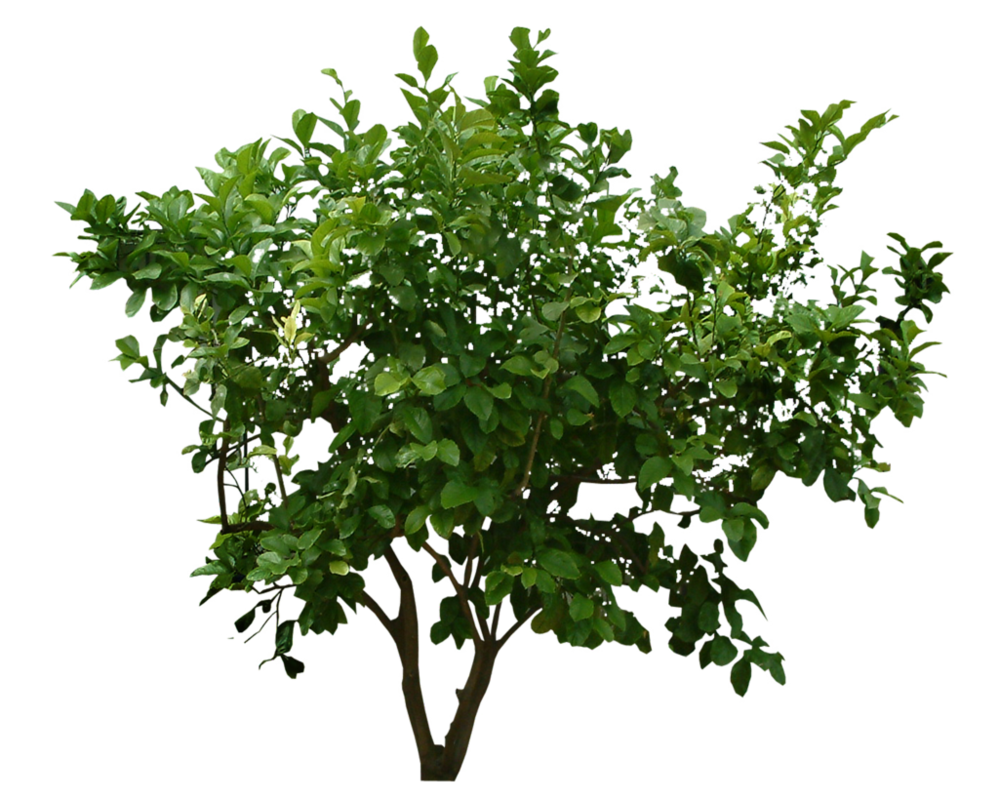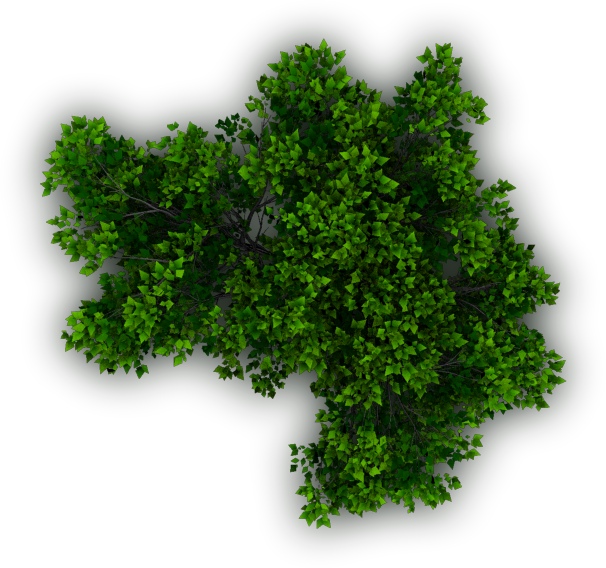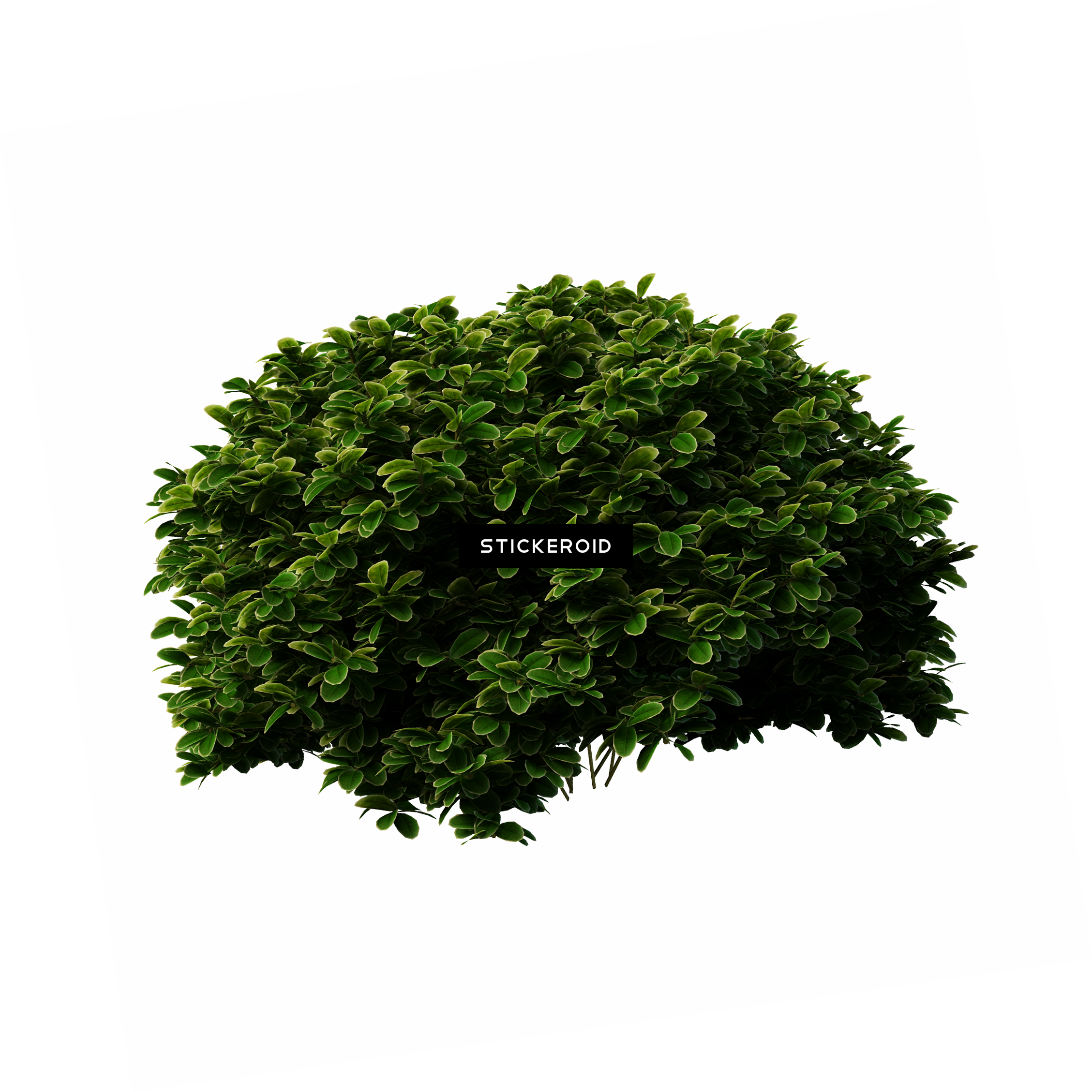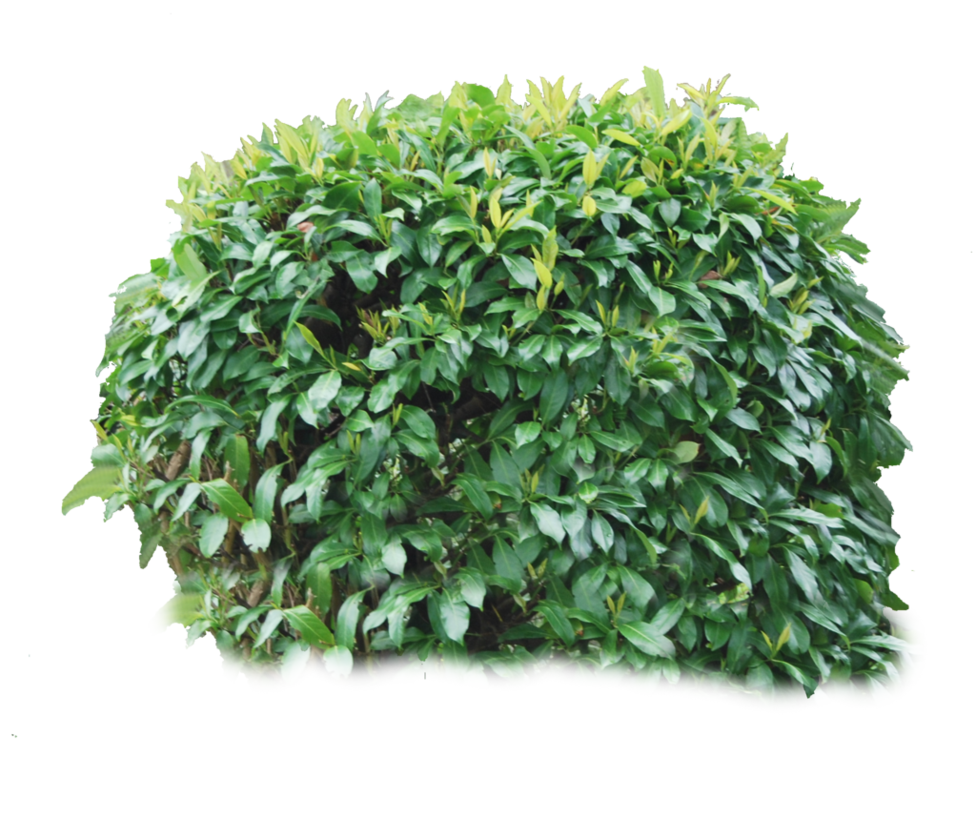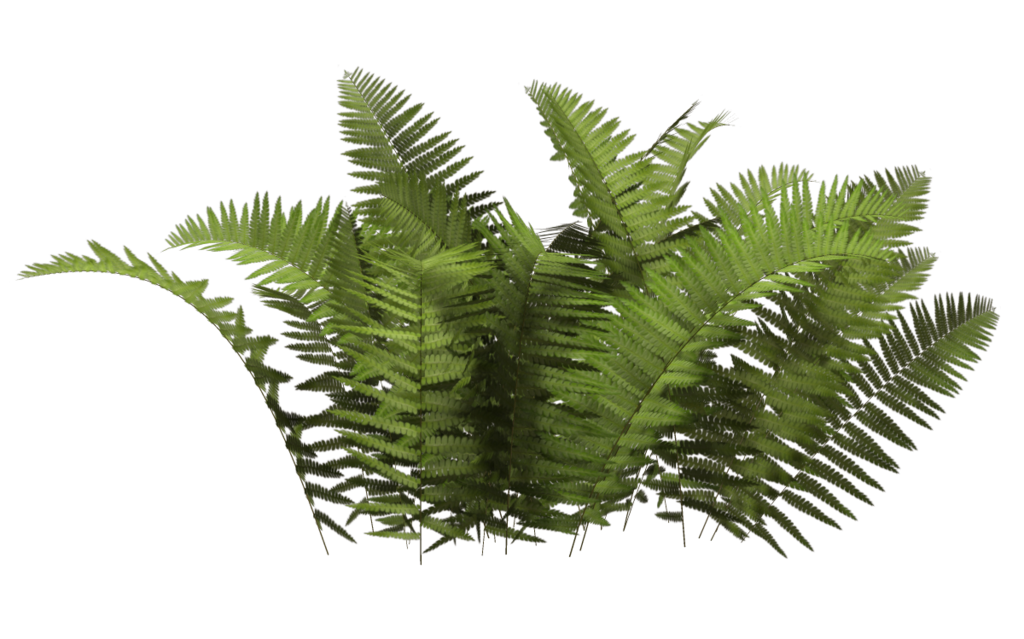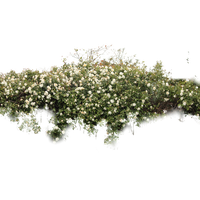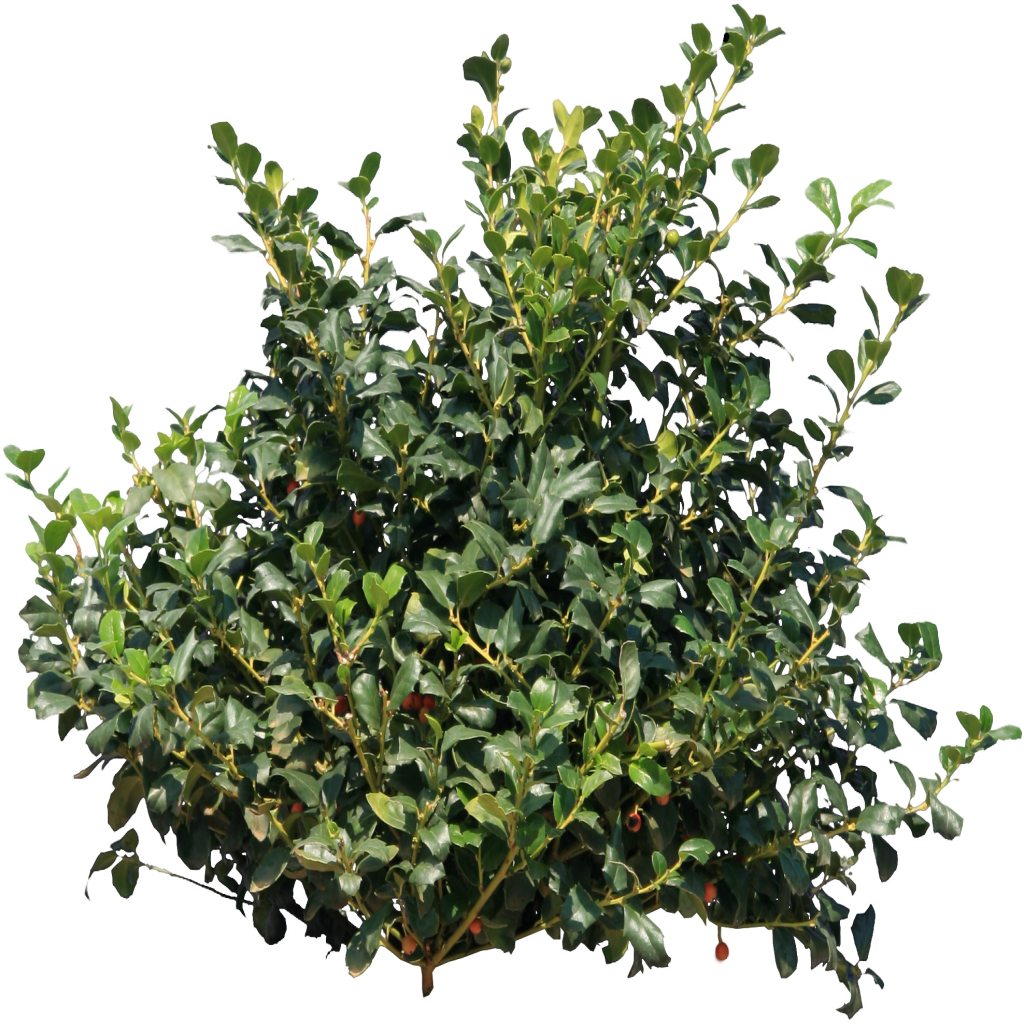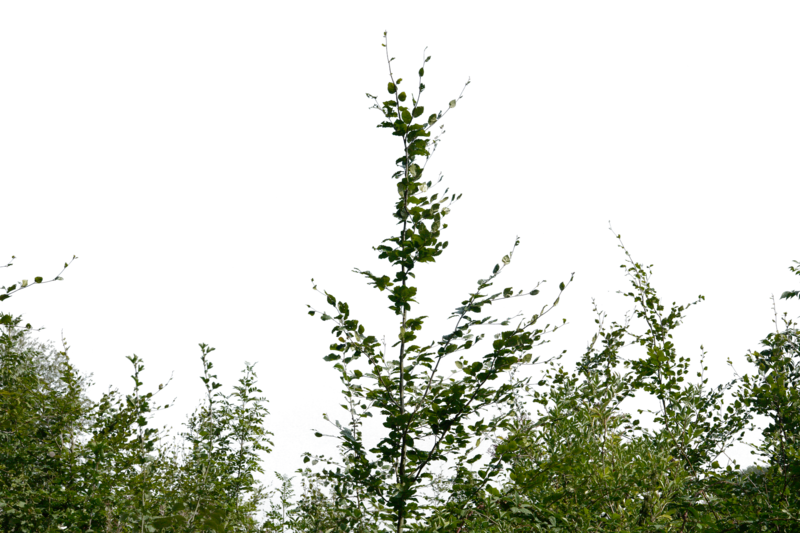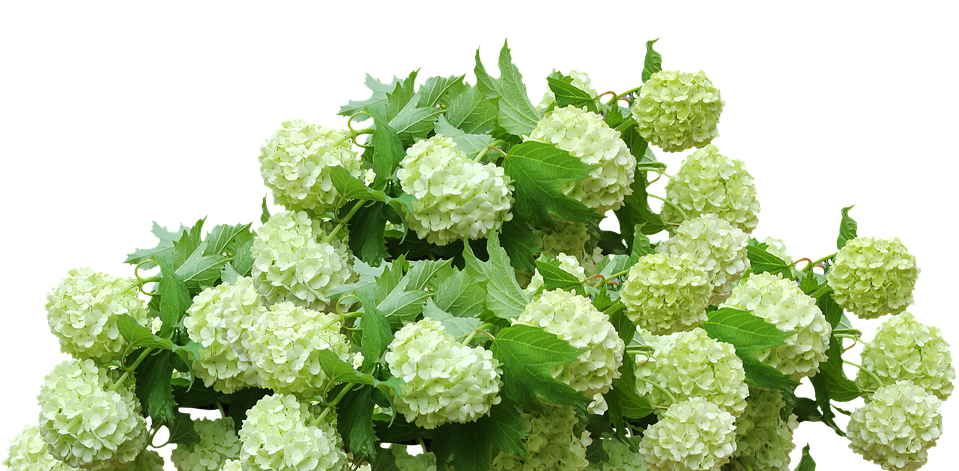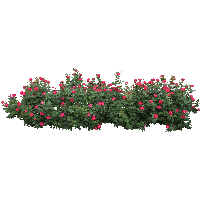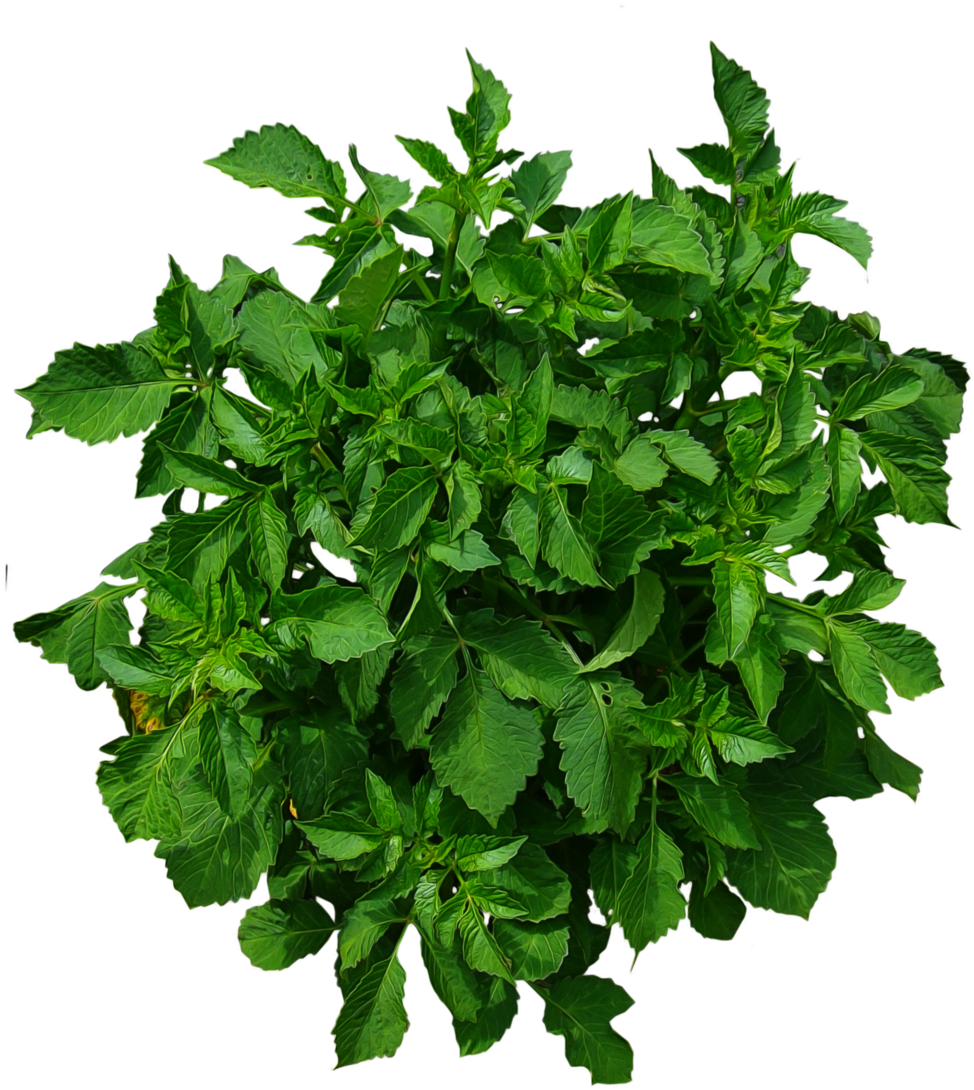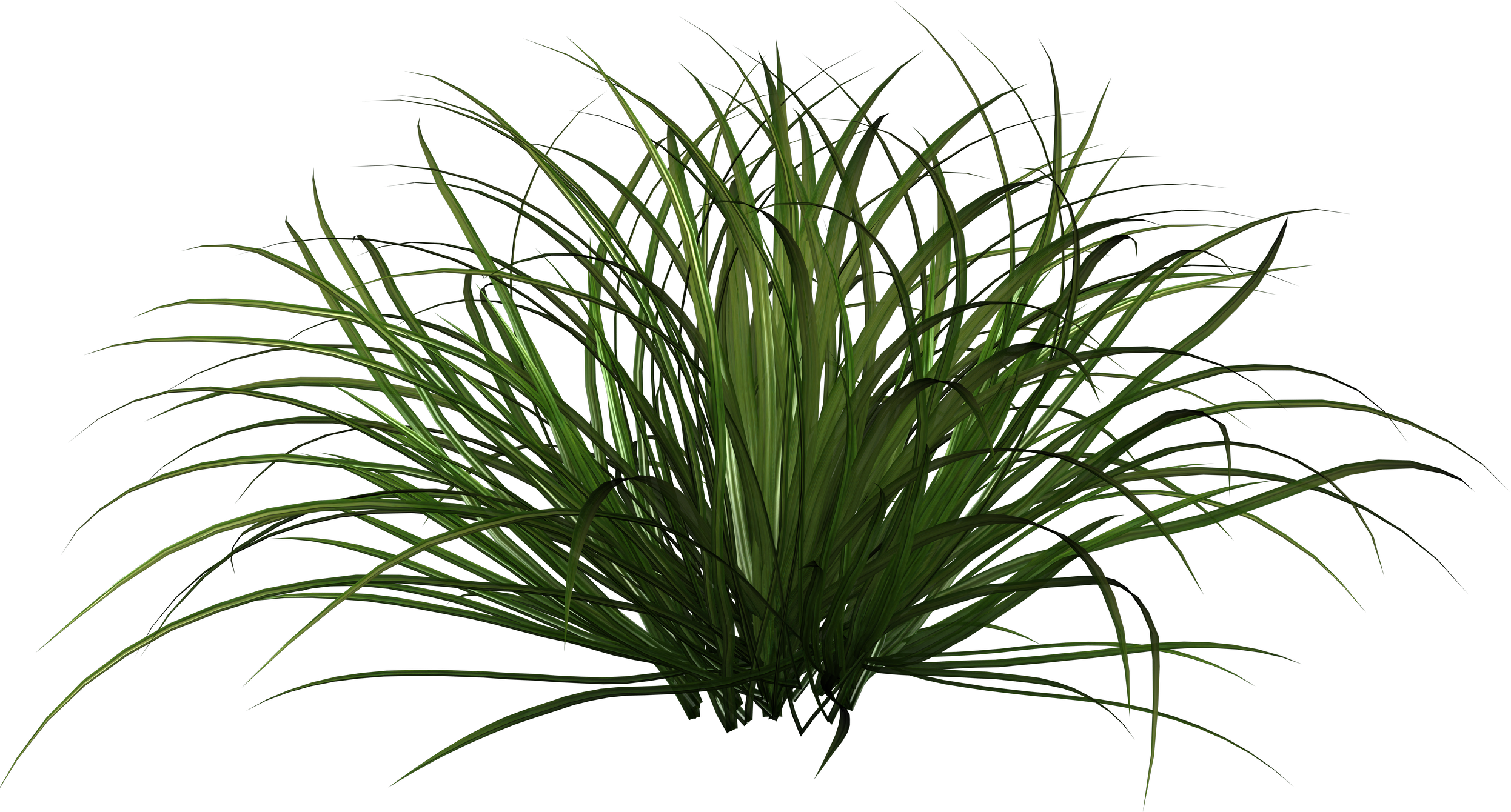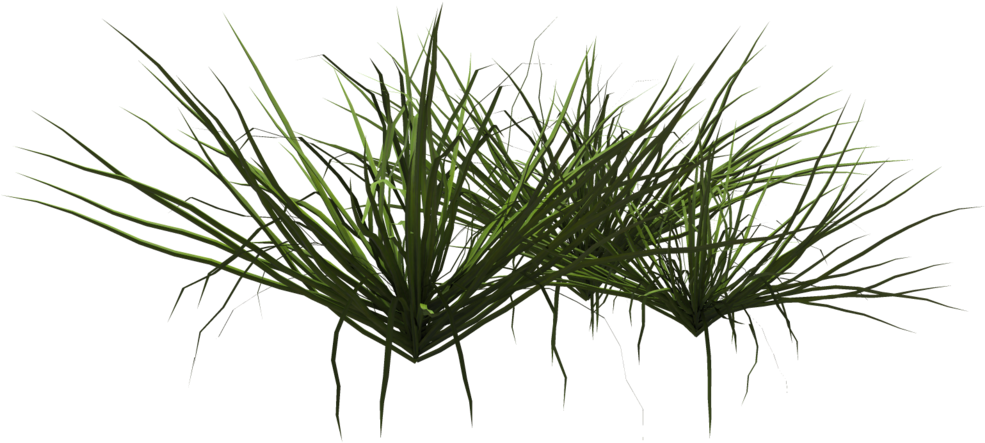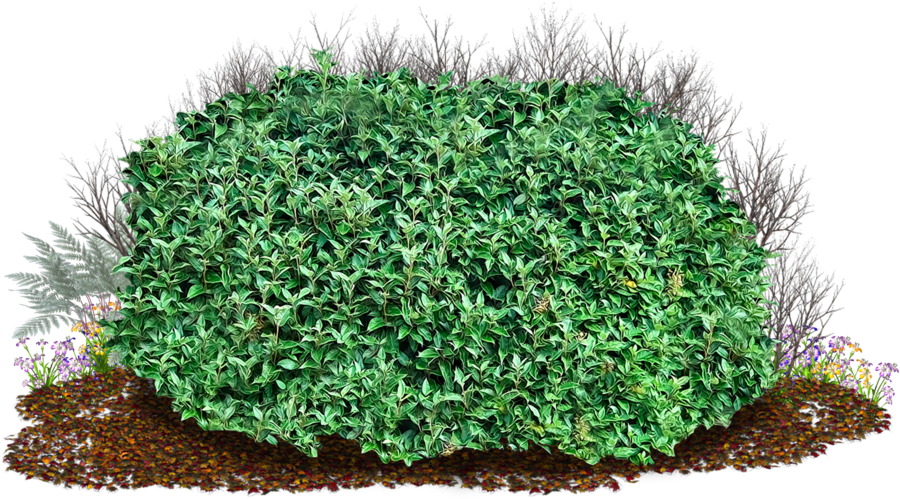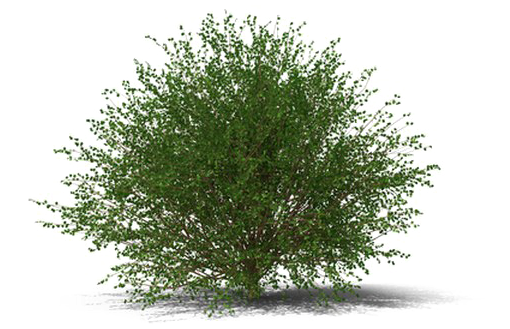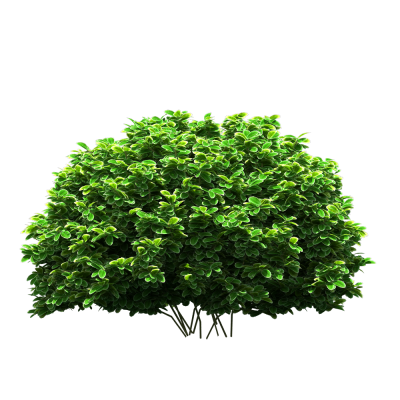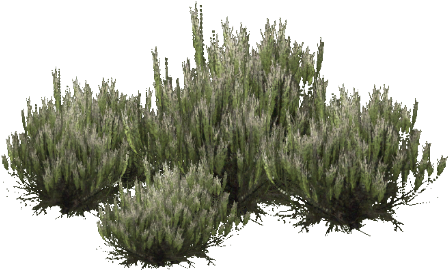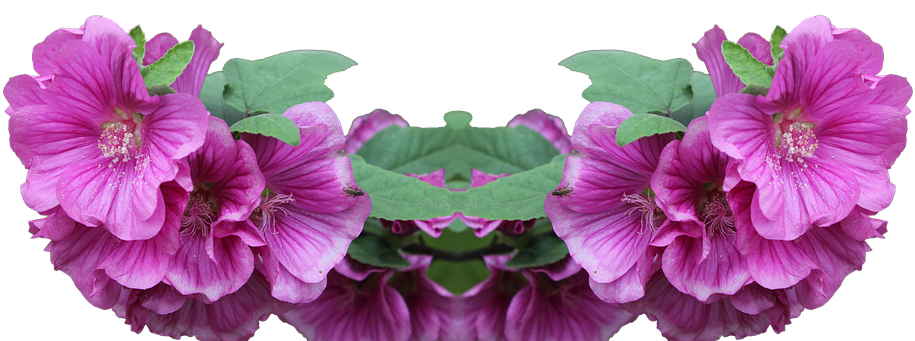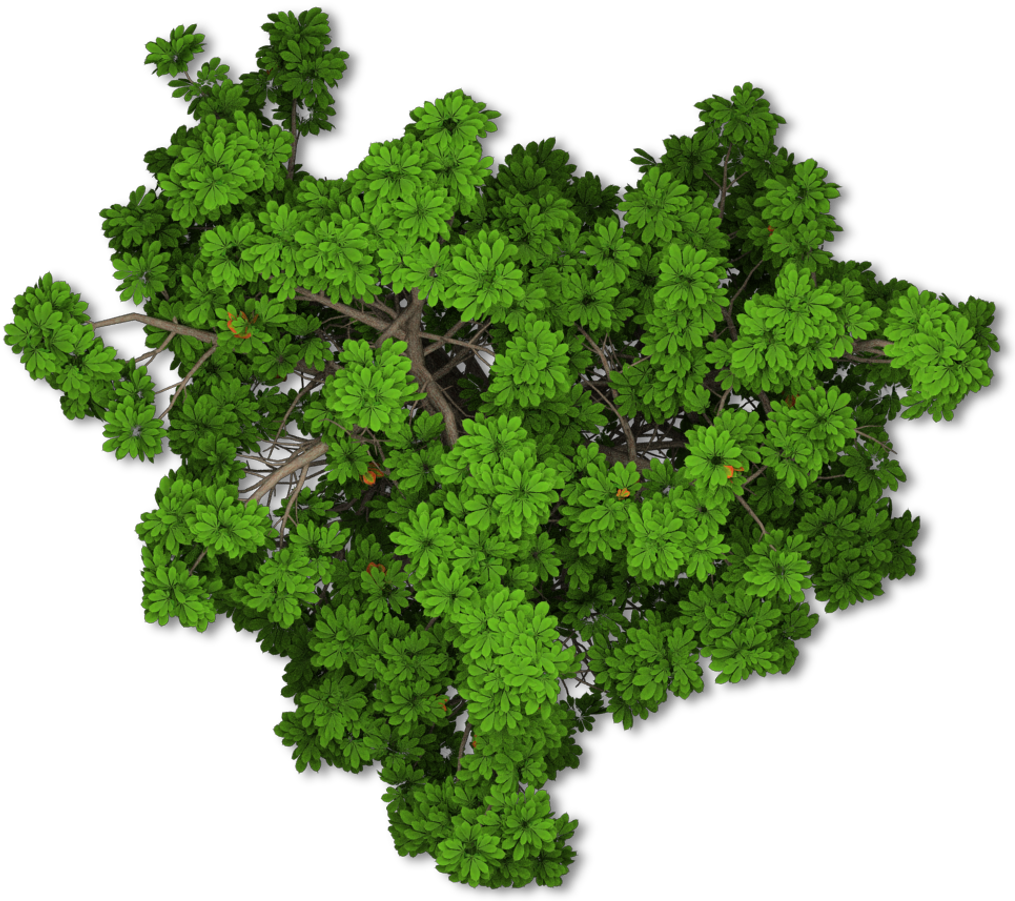Download top and best high-quality free Shrub PNG Transparent Images backgrounds available in various sizes. To view the full PNG size resolution click on any of the below image thumbnail.
License Info: Creative Commons 4.0 BY-NC
Shrubs are plants that have a woody stem and are characterized by multiple stems, which makes them different from trees. They vary in size from small bushes to large shrubs, and they grow in a wide variety of climates, from freezing tundras to hot deserts.
Types of Shrubs
Shrubs come in many types, and they can be categorized based on their growth pattern, leaf type, stem color, and flower type.
Growth pattern
The growth pattern of shrubs depends on their natural habitat. Broad-leaved shrubs grow into a bush with many short, twiggy branches. Needle-leaved shrubs grow into thin, upright cylinders, similar to a cactus. Spreading shrubs have long branches that grow parallel to the ground, allowing the shrubs to spread out and cover a wide area.
Leaf type
Shrubs come in a wide variety of leaf types. Deciduous shrubs lose their leaves in the fall, while evergreen shrubs keep their leaves all year round. The leaves of shrubs can be further categorized into broad-leaved or needle-leaved. Broad-leaved shrubs have leaves that are flat and wide, while needle-leaved shrubs have long, thin leaves that resemble needles.
Stem color
The stem color of shrubs can vary greatly, from green to grey, brown, and even black. The color of the stems can change depending on the age of the shrub, the season, and the species. Some shrubs also have brightly colored stems, which can add a decorative touch to a garden or landscape.
Flower type
Shrubs can produce a variety of flowers, and they are a popular choice for gardeners who want to add color and texture to their landscapes. Some shrubs produce flowers in the spring, while others bloom in the summer or fall. The flowers can be large or small, and they come in a wide range of colors.
Uses of Shrubs
Shrubs are a staple in many gardens and landscapes, and they have many uses, including:
Ornamental use
Many species of shrubs are grown for their ornamental value. They add color and texture to gardens and landscapes, and they can be used as hedges, borders, and specimen plants.
Food use
Some species of shrubs produce edible fruits, such as blueberries, raspberries, and blackberries. These fruits are a popular and healthy addition to many diets, and they are also used in a variety of food products, such as jams, jellies, and pies.
Medicinal use
Some shrubs have medicinal properties, and they are used in traditional medicine to treat a variety of ailments. For example, the bark of the willow tree is used to make aspirin, while the leaves of the ginkgo tree are used to improve memory and cognitive function.
Environmental use
Shrubs are important components of ecosystems, and they provide food and habitat for a wide variety of wildlife, including birds, insects, and mammals. They are also used in reforestation and erosion control projects to stabilize soil and prevent erosion.
Care and Maintenance of Shrubs
Shrubs are generally easy to care for, but they do require some maintenance to keep them healthy and looking their best. Here are some tips for caring for your shrubs:
Watering
Most shrubs need regular watering to keep their roots hydrated. The frequency of watering will depend on the species, the climate, and the soil type, but a general rule of thumb is to water shrubs deeply once or twice a week.
Fertilizing
Shrubs benefit from regular fertilization to ensure that they have the nutrients they need to grow and thrive. A balanced fertilizer with equal amounts of nitrogen, phosphorus, and potassium is usually sufficient.
Pruning
Pruning is an important part of shrub maintenance, as it helps to keep the shrub healthy and looking good. Pruning should be done in the fall or winter, and it involves removing any dead or diseased branches, as well as any branches that are crossing or rubbing against each other.
Pest and Disease Control
Shrubs are susceptible to a variety of pests and diseases, and it is important to monitor your shrubs for signs of damage or infestation. Common pests include aphids, spider mites, and scale insects, while common diseases include powdery mildew and leaf spot. If you notice any signs of pests or disease, it is important to take action immediately to prevent further damage.
Shrubs are an important part of many gardens and landscapes, and they provide many benefits, including ornamental value, food production, medicinal properties, and environmental benefits. By following proper care and maintenance techniques, you can ensure that your shrubs remain healthy and beautiful for years to come.
Download Shrub PNG images transparent gallery
- Shrub PNG
Resolution: 999 × 799
Size: 927 KB
Image Format: .png
Download
- Shrub Transparent
Resolution: 606 × 568
Size: 421 KB
Image Format: .png
Download
- Shrub
Resolution: 2257 × 2258
Size: 2793 KB
Image Format: .png
Download
- Shrub Background PNG
Resolution: 976 × 819
Size: 943 KB
Image Format: .png
Download
- Shrub PNG Background
Resolution: 1024 × 639
Size: 639 KB
Image Format: .png
Download
- Shrub PNG Clipart
Resolution: 200 × 200
Size: 48 KB
Image Format: .png
Download
- Shrub PNG Cutout
Resolution: 1024 × 1024
Size: 1380 KB
Image Format: .png
Download
- Shrub PNG File
Resolution: 800 × 533
Size: 527 KB
Image Format: .png
Download
- Shrub PNG Free Image
Resolution: 959 × 471
Size: 889 KB
Image Format: .png
Download
- Shrub PNG HD Image
Resolution: 200 × 200
Size: 27 KB
Image Format: .png
Download
- Shrub PNG Image File
Resolution: 974 × 1090
Size: 1771 KB
Image Format: .png
Download
- Shrub PNG Image HD
Resolution: 2492 × 1340
Size: 2661 KB
Image Format: .png
Download
- Shrub PNG Image
Resolution: 985 × 443
Size: 404 KB
Image Format: .png
Download
- Shrub PNG Images HD
Resolution: 900 × 499
Size: 1086 KB
Image Format: .png
Download
- Shrub PNG Images
Resolution: 510 × 329
Size: 273 KB
Image Format: .png
Download
- Shrub PNG Photo
Resolution: 400 × 400
Size: 169 KB
Image Format: .png
Download
- Shrub PNG Photos
Resolution: 448 × 270
Size: 193 KB
Image Format: .png
Download
- Shrub PNG Pic
Resolution: 915 × 341
Size: 716 KB
Image Format: .png
Download
- Shrub PNG Picture
Resolution: 1015 × 901
Size: 1342 KB
Image Format: .png
Download
